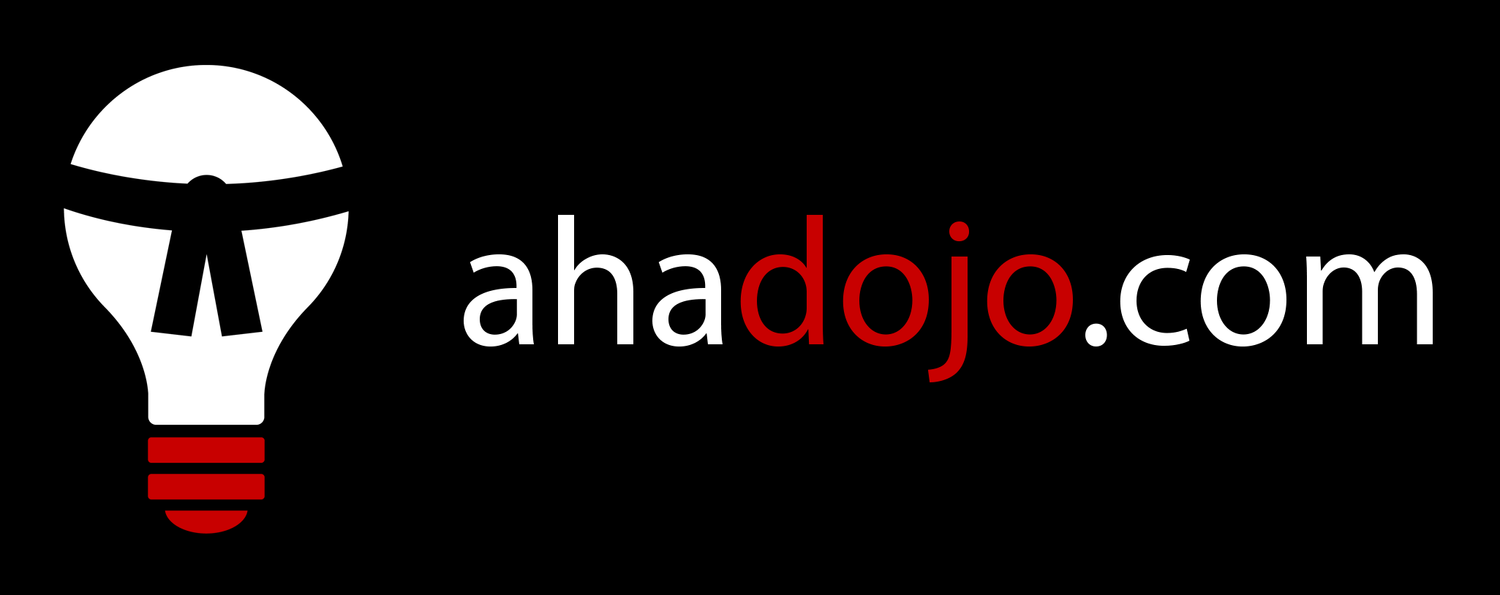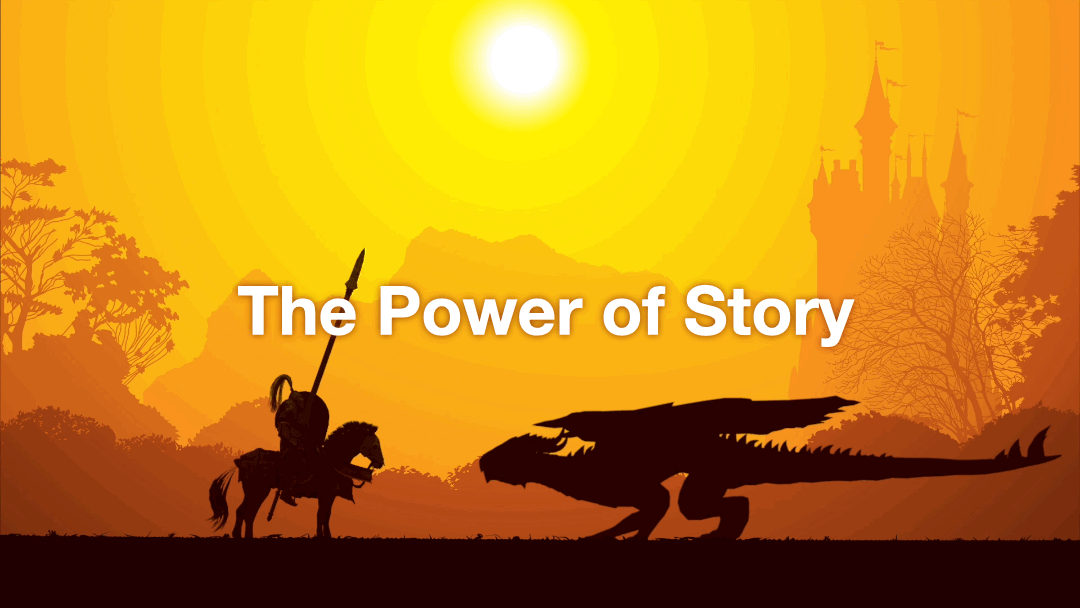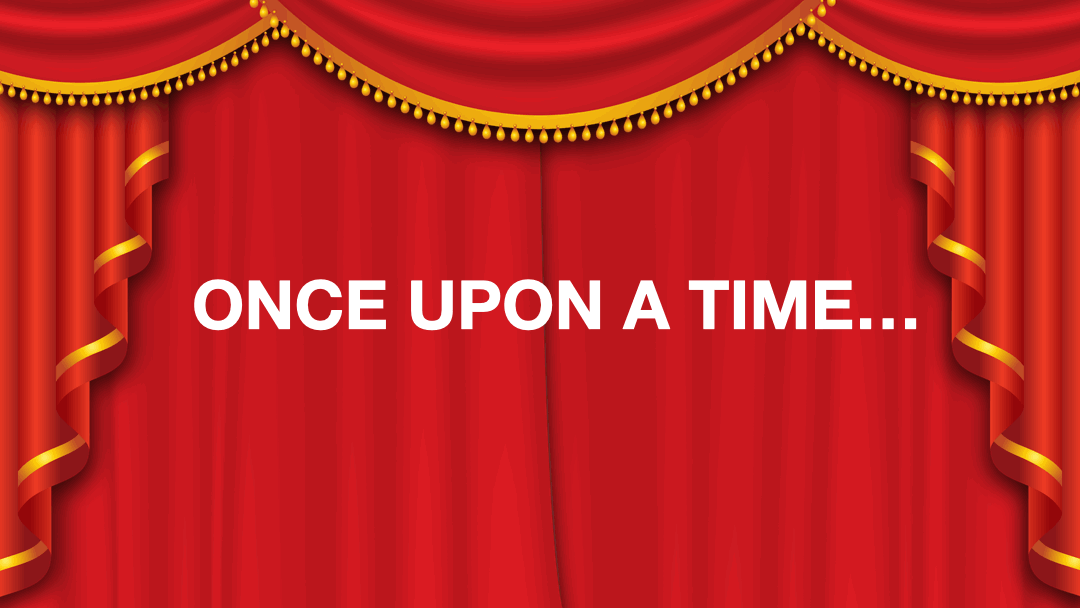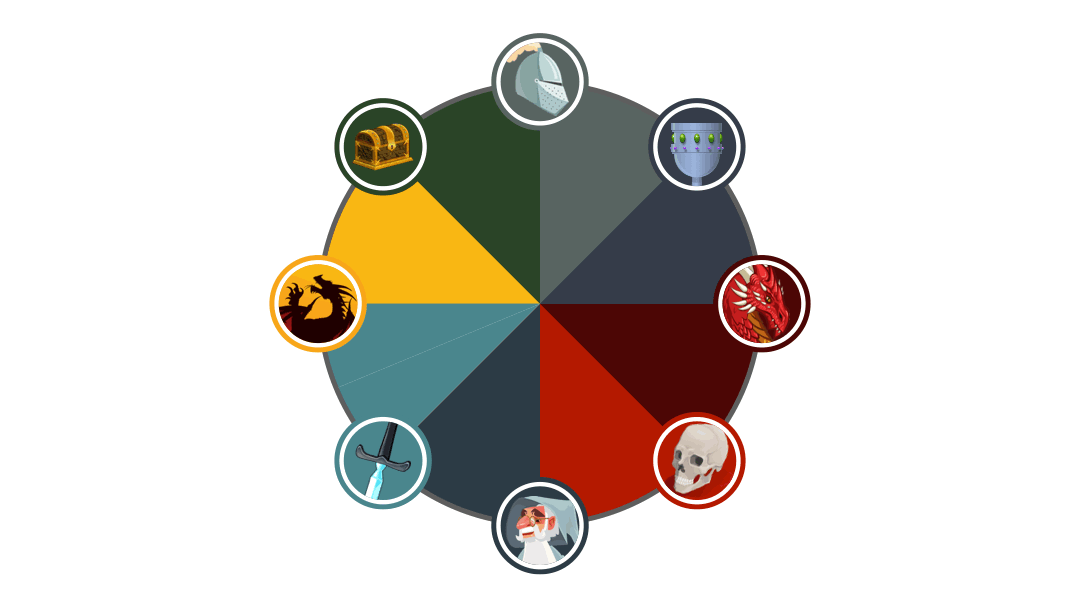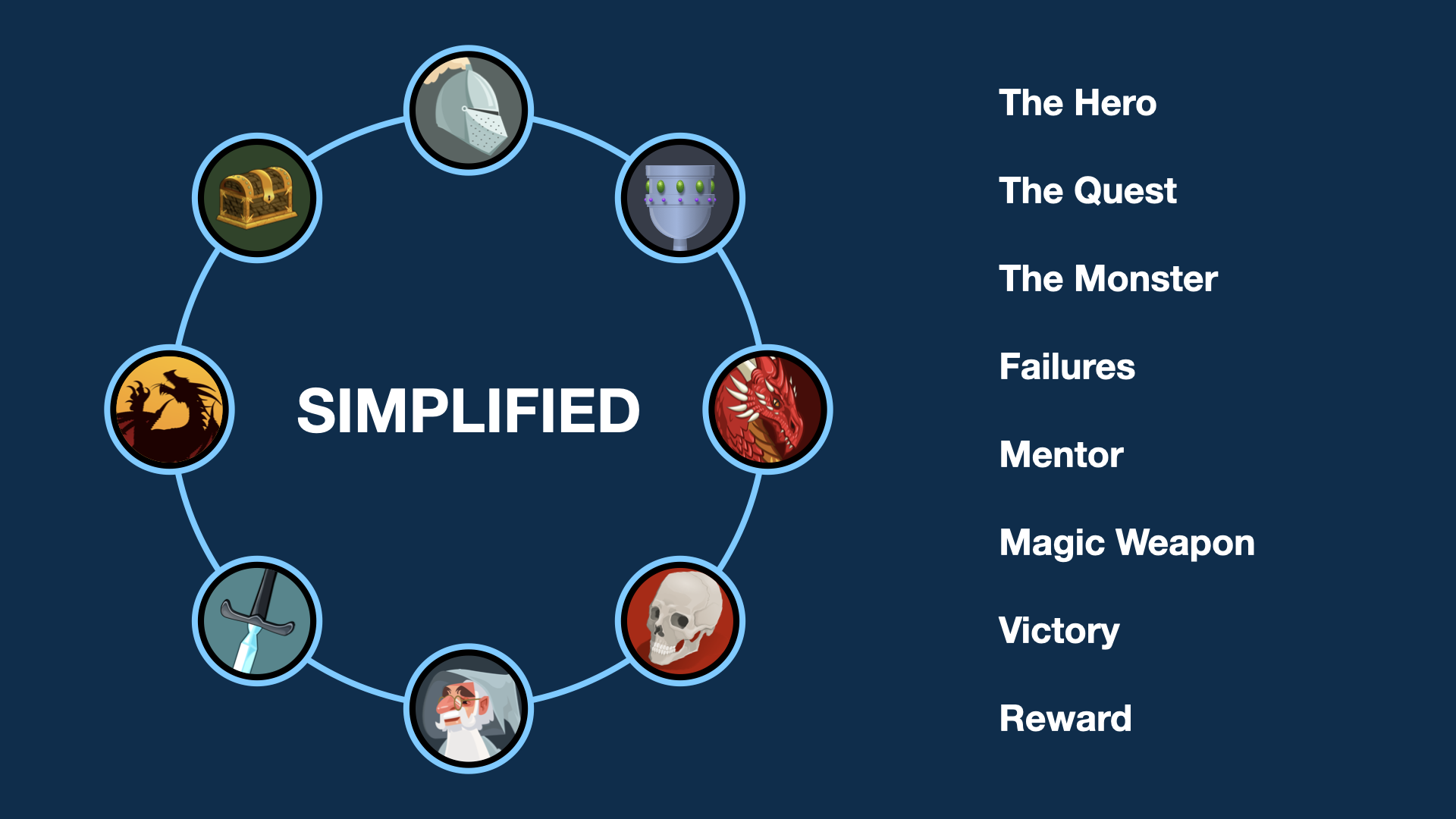story structure
overview
Problem: Several entrepreneurs at the Nashville Entrepreneur Center were struggling to present their investor pitches in the form of short, compelling narratives.
Solution: Since my own investor pitch was very successful, I created a training workshop to teach my storytelling method, using a version of the Hero’s Journey which I have streamlined for simplicity.
Impact: The entrepreneurs who attended my workshops greatly improved their investor pitches.
Modality: This project was designed as an instructor-led training, which I also facilitated with multiple groups of entrepreneurs.
Media: I purchased most of the graphics from stock sites, then heavily edited them in Illustrator and Photoshop. The animated intro was created by using the alpha channel from separate animated assets to create animated silhouettes against an edited vector background image. All other animations were created directly in Keynote.
Tools: Illustrator, Photoshop, Keynote, Motion, Premier.
details
Investor pitches have certain talking points: the problem the company proposes to solve, the unique value proposition of its particular product or service, the company’s business model, an analysis of their competition, their go-to-market strategy, etc. However, these pitches often lack a compelling narrative.
Since most blockbuster movies follow Joseph Campbell’s “Hero’s Journey” story structure, I decided to create a similar structure for investor pitches. I edited Campbell’s seventeen story elements down to eight essentials. This way, an investor could still tell an epic story but make it short enough to fit the ten minute time limit of an investor pitch.
Then I connected all the required elements of a good investor pitch to the required elements of an epic story: the customer becomes the hero, the problem becomes the monster, the company becomes the mentor, their product becomes the magic weapon to defeat the monster, etc.
